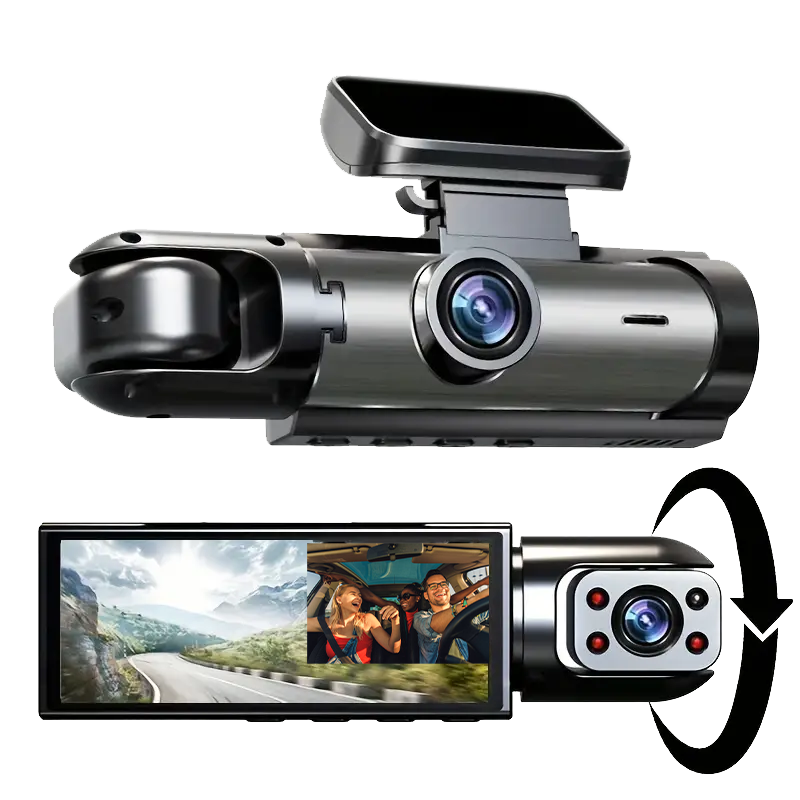
Nissan Pathfinder First Generation 1985- 1995

| First generation (WD21) | |
|---|---|
 |
|
| Overview | |
| Manufacturer | Nissan |
| Also called |
|
| Production | April 1985 – September 1995 |
| Assembly |
|
| Designer | Doug Wilson, Jerry Hirschberg (1982, 1983) |
| Body and chassis | |
| Body style |
|
| Layout | Front engine, rear-wheel drive / four-wheel drive |
| Platform | WD21 |
| Related | Nissan D21 Pickup |
| Powertrain | |
| Engine |
|
| Transmission |
|
| Dimensions | |
| Wheelbase | 2,649 mm (104.3 in) |
| Length | 4,366 mm (171.9 in) |
| Width | 1,689 mm (66.5 in) |
| Height |
|
The first generation Pathfinder was introduced as a two-door SUV, and shared styling and most components with the Nissan Hardbody Truck.
Built on a ladder-type frame, the Pathfinder was Nissan's response to the Chevrolet Blazer, Ford Bronco II, Jeep Cherokee, and non-American SUVs like the Toyota 4Runner, and the Isuzu MU.
Before the Pathfinder there was the Nissan Bushmaster (an aftermarket conversion of the Datsun Truck), but they are rare as well. Its optional 4WD system that could be engaged electronically while the vehicle was moving, unique at the time, and a four-speed automatic transmission. All WD21 Pathfinders were available in both 2WD and manually engaged 4WD configurations, with base models installed with a 2.4 L four cylinder engine. In certain countries this generation also came with a 2.7 L I4 Diesel Engine known as the TD27 with the option of a turbocharger installed later in November 1988.
In Japan, it was exclusive to Nissan Bluebird Shop locations, where it was called the Terrano as a smaller companion to the larger Nissan Safari. While the Pathfinder/Terrano was essentially based on the newly introduced Hardbody truck, the rear five link coil suspension was borrowed from the Safari to enhance its off-road abilities. The two door version was installed with the VG30E Nissan V6, that was shared with the Fairlady ZX.
As the Japanese market Terrano was regarded as a luxury vehicle, with an emphasis on outdoor leisure activities, the Terrano was introduced to Japanese buyers as an off-road, back country Fairlady ZX. Ownership costs to Japanese drivers are expensive due to the exterior dimensions exceeding dimension regulations and the engine displacement incurring a higher annual road tax obligation. To emphasize this marketing approach, the Terrano was available with options not normally found on other budget-minded vehicles. Some of the upmarket Japanese-model options were climate-controlled air conditioning, electrically powered windows, seats, door locks, and, in 1993, Recaro seats. Nissan's sports division Autech added special equipment packages, introducing the "Wide R3M Urban" and the "AJ Limited". The emphasis on luxury was partly due to a strong economy in Japan, in what is now regarded as the Japanese "bubble economy".
In 1987, the first generation Terrano was entered in the 9th Paris to Dakar rally race, with continued entries in rally races for many years, winning multiple times in its category.
The four-door Pathfinder was introduced in October 1989 to enhance the Pathfinder's market appeal, but the overall vehicle length and wheelbase were not extended to accommodate the rear doors. At its introduction to North America, 1985 to 1989 Pathfinders came with a two-door body. In early 1990 it became only a four door. Some US 1990 Pathfinders came with the two door body, but they are rare.
When the four door version was introduced, Nissan chose to conceal the door handles as a part of the "C" pillar trim to visually make it appear like a two-door truck with a camper shell, with the conventional door handles on the front doors. This design tradition is still used on all Nissan SUVs currently offered, including the Nissan Armada, Nissan Juke, Nissan Terrano II, and the Nissan Xterra. The front doors were slightly shortened to accommodate the rear doors.
From 1985 to 1989 Pathfinders were available with either the Nissan VG30i 3.0 L V6 (143 hp (107 kW), 162 lb·ft (220 N·m) torque), or the Nissan Z24i 2.4 L (106 hp (79 kW)) I4 (the same engine choices as the Nissan Hardbody Truck). In 1990 the V6 received an upgrade from throttle body injection to a multi point fuel injection system. This engine was known as the VG30E, and was rated at 153 hp (114 kW) and 180 lb·ft (244 N·m) torque. Also in 1990, the Z24i was replaced with the KA24E. The first generation continued until 1995.
Facelifts
A facelift occurred in 1990 when the 4-door model was introduced. The front grille was revised, numerous interior trim level options became available and numerous exterior packages were offered by dealerships. The 1993 models received a third brake light and the 1994 models received a curved dashboard.

1986–1989 Nissan Pathfinder 2-door

1993–1995 Nissan Pathfinder 4-door
Nissan Terrano

Nissan Terrano

